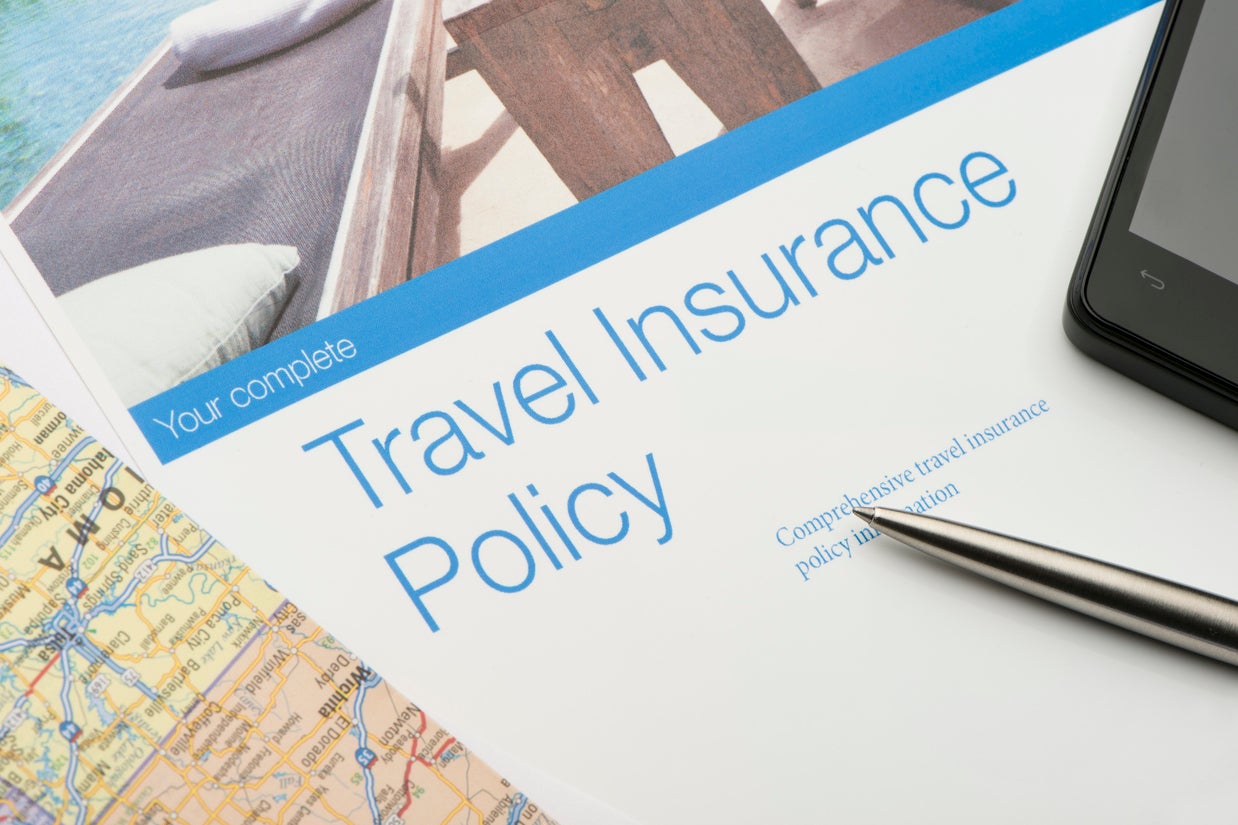Travel insurance might not be the most exciting part of planning a trip — but it’s one of the most important. Whether it’s a missed flight, lost luggage, or a medical emergency abroad, having the right insurance can save you from huge stress and expenses. Here’s a simple guide to understanding travel insurance and what you really need to know before you buy it. 🌍🧳
1. What Is Travel Insurance?
Travel insurance is a safety net that protects you from unexpected problems during your trip. It can cover things like trip cancellations, medical emergencies, lost baggage, or flight delays. Think of it as a backup plan — because even the best trips can go off track.
2. Why You Should Never Skip It
Many travelers see insurance as an unnecessary expense — until something goes wrong. A single hospital visit abroad can cost thousands of dollars, and lost luggage can ruin your plans (and your wallet). Having coverage gives you peace of mind so you can focus on enjoying your journey.
3. The Main Types of Travel Insurance Coverage
Here’s what a good policy usually includes:
- 🩺 Medical Coverage – Covers emergency medical care, hospital stays, or evacuation if you get sick or injured abroad.
- ✈️ Trip Cancellation or Interruption – Refunds non-refundable expenses if you have to cancel or cut your trip short for a covered reason (like illness or family emergency).
- 🎒 Baggage and Personal Belongings – Reimburses you for lost, stolen, or delayed luggage.
- ⏱️ Travel Delay – Compensates for extra expenses (like meals or accommodation) if your flight is delayed for a long time.
- 🧾 Accidental Death or Disability – Provides financial support in case of serious injury or accident.
4. Check What’s Not Covered
Every policy has exclusions, so read the fine print. Many insurers don’t cover risky activities like scuba diving, skiing, or adventure sports unless you buy extra coverage. Pre-existing medical conditions may also be excluded unless declared in advance.
5. How to Choose the Right Policy
Not all travel insurance is created equal. When comparing options, consider:
- Destination – Some regions (like the U.S.) have higher medical costs.
- Trip Duration – Long-term travelers may need multi-trip or extended coverage.
- Activities – Make sure adventurous plans are included.
- Value of Belongings – Adjust your coverage amount for electronics or valuables.
6. Keep Documentation Handy
If you ever need to make a claim, you’ll need proof. Keep copies of receipts, booking confirmations, and medical reports. Save your insurer’s contact details and policy number in both your phone and printed form — just in case.
7. Don’t Wait Until the Last Minute
Buy insurance as soon as you book your trip. Many benefits, like trip cancellation protection, only apply if you purchase the policy before something goes wrong. The earlier you buy, the better covered you’ll be.
Final Thoughts
Travel insurance might not stop bad things from happening, but it makes dealing with them much easier. It’s your safety net when plans change, bags disappear, or health emergencies strike far from home. So before you take off on your next adventure, make sure you’re protected — because peace of mind is the best travel companion you can have. ✈️💙

